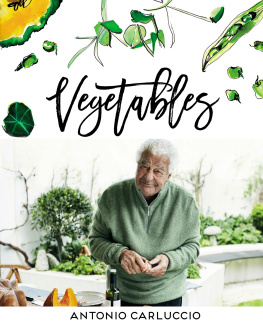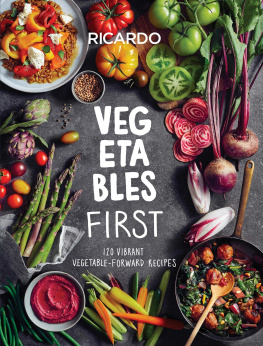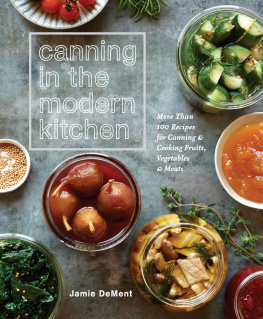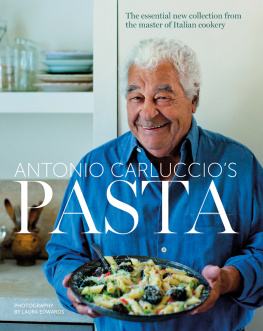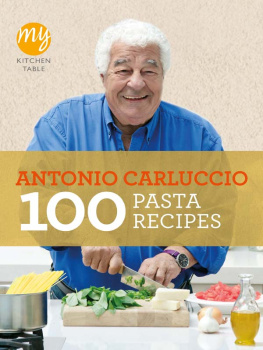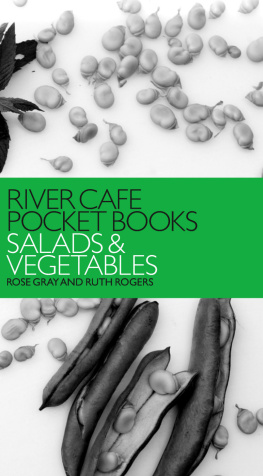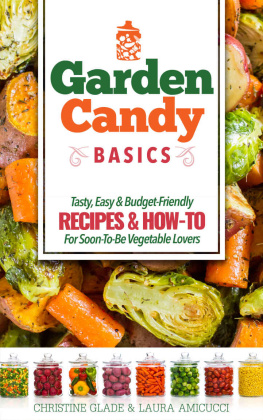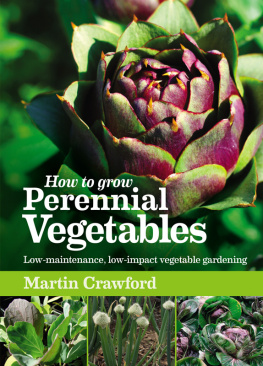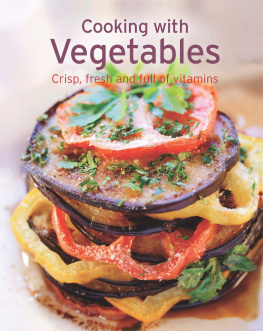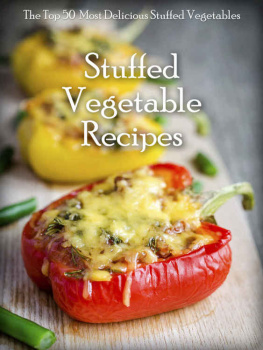CONTENTS
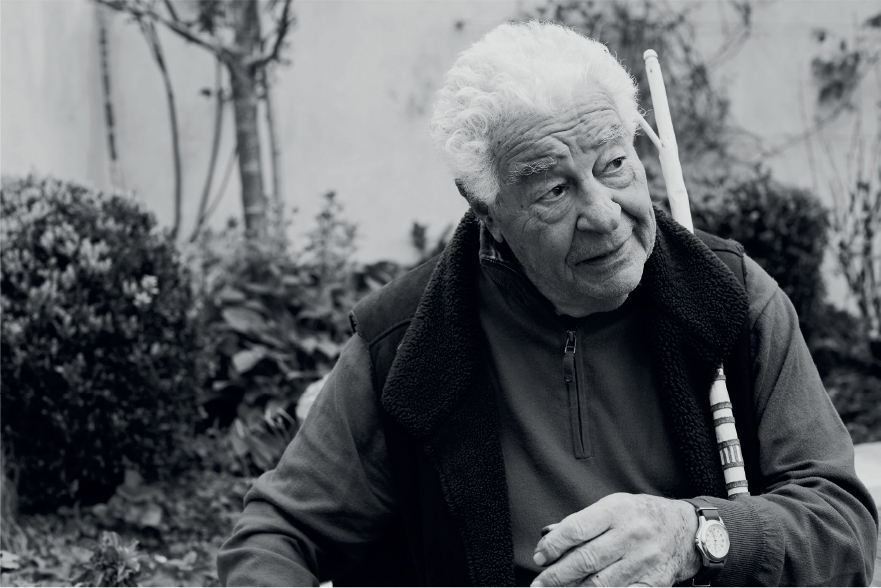
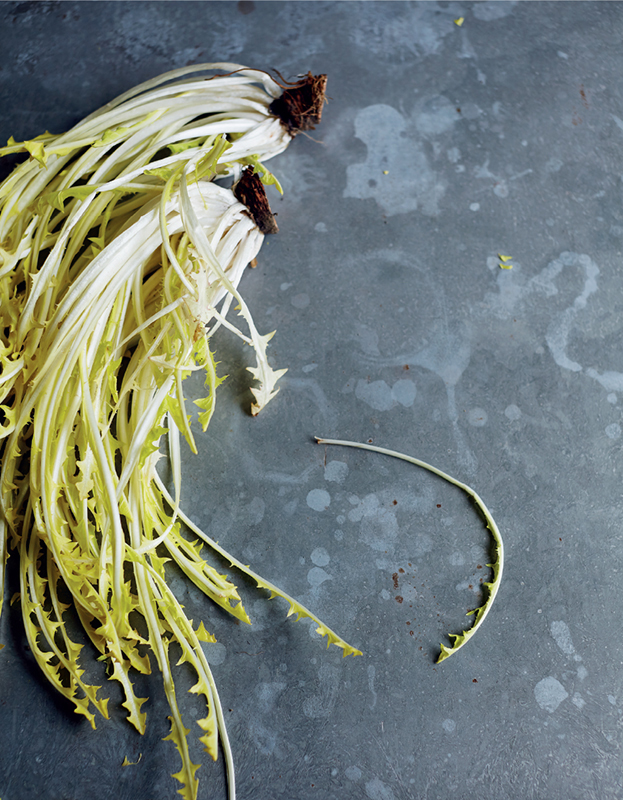
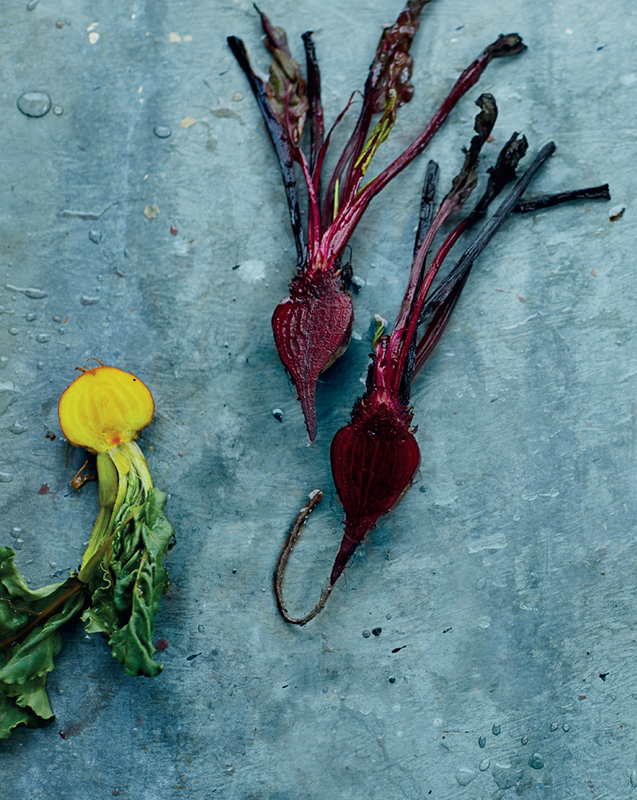
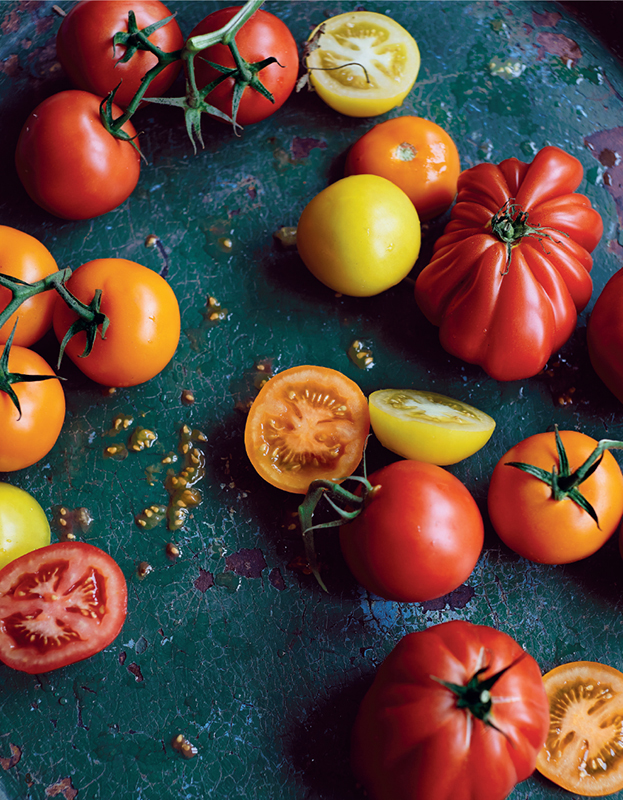
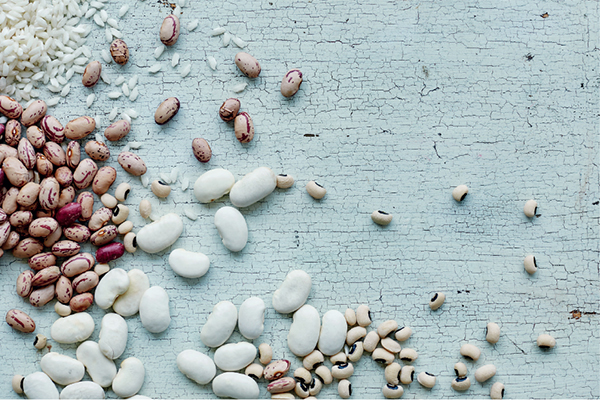

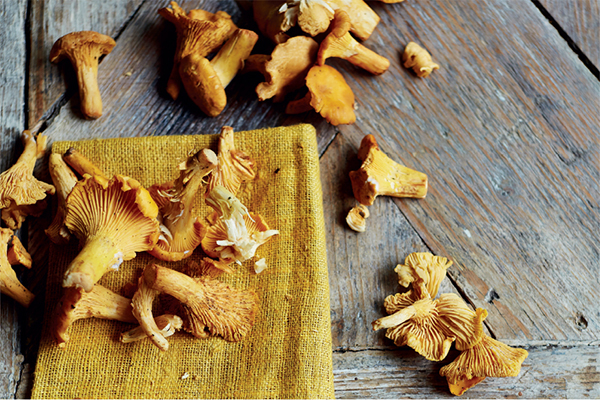
I have written twenty-four books on the subject of Italian food, and one was specifically about Italian vegetables. You may wonder why I am tackling the subject again, but there are always fresh discoveries to be made in the world of food.
I learned about vegetables very early in my life. My parents did not have much money, and we were many children, so foraging in the countryside for vegetables for free was very much part of our weekly, probably daily, pattern. I soon learned, possibly before I was six years old, to identify wild rocket, dandelion, asparagus, mustard, rape and my ability to contribute to the familys food ingredients made me very proud indeed. The significance of that early foraging which led to a lifelong passion for wild food in general was brought back to me recently. In late 2015, I was in Australia making a TV series about the cultural aspects of Aboriginal food. Working with Richard Walley, the Elder of the Noongar tribe, I experienced pangs of nostalgia as I watched him and others gather and prepare food from the wild, food upon which their very lives depended. A nomadic people, they took only what they needed from nature then and there, ensuring that there would be food again when they returned to the same place rather as I cut wild mushrooms, very carefully so that new growth is guaranteed the following season.
During the centuries, Italy has developed from a country that produced food for survival to a country whose food represents pleasure to many throughout the world. Its vegetable dishes are renowned, and indeed Italian botanists have been responsible for the actual development of many of our best-known vegetables: think of calabrese (the broccoli from Calabria), edible peas and pods, cavolo nero, celery, fennel and globe artichokes. As these new ingredients were developed, so chefs and cooks were presented with the challenge of how best to cook them. Vegetable cooking in Italy is basically simple, relying on the flavour of each individual item to sing through, and the influences are varied, reflecting the cultures of those peoples who have lived in, conquered and influenced Italy throughout the centuries the Romans and Greeks, the Arabs, the French.
Vegetables are very important in Italian food culture, and often, as in countries further to the east, will be at the heart of a dish, rather than an expensive protein such as meat. Many of the vegetables that we eat today have undergone an adventurous destiny, coming from the other side of the world, discovered by enterprising explorers. They encompass the fruits, seeds, roots, flower buds, leaves and stalks of plants, all of them with individual flavours, textures, colours, cooking qualities, and health benefits. Centuries ago, in 1611, an Italian called Giacomo Castelvetro lived in England and wrote a book, The Fruit, Herbs and Vegetables of Italy. He wanted to persuade the British to eat more fruit and vegetables. I like to think that I am doing much the same, introducing people to the joys of vegetables and the numerous ways of exploiting their delicacy and deliciousness. I hope I have succeeded. Buon appetito!
I have had to divide this chapter into many sections and sub-sections because of the sheer complexity and divergences of the vegetables that we can call greens. Mother Nature supplies such an enormous multitude of greens, and the Italians make great use of almost all of them (well, many of them were actually bred by the Italians!). Perhaps the largest class is the one with leaves, which are so numerous themselves that I have divided them into two sections: those such as spinach, which are usually cooked, and those such as lettuce or watercress, which are usually used raw in salads. Greens also include what I have called pods and seeds such as beans and peas, and stalks and shoots such as asparagus and globe artichokes. Finally, there is the huge family of brassicas, which includes cabbages and Brussels sprouts, cauliflower and broccoli All these fall within the category of greens, and all are delicious cooked the Italian way.
VEGETABLE LEAVES
Many of the vegetable leaves here are very Italian, but some of them are now becoming more widely available elsewhere. If you were truly interested, you could probably grow many of these leaves yourself, depending on climate there are many Italian seed companies that can be found online.
Barba di frate (friars beard), a vegetable that is also known in Italy as agretti, grows in bunches of long thin leaves that look like fat chives; the leaves taste nutty and salty rather than oniony. The vegetable is known in English as saltwort; it looks like a succulent seaweed, and grows mostly near the sea. In Latin its name is Salsola soda, and the vegetable was once burned, along with other seaweeds, to make soda ash or sodium carbonate (for soap and glass). I have never seen it for sale other than in Italy, although apparently it grows wild throughout Europe, and you can actually buy seeds (from an Italian company, of course) to grow at home. The washed leaves are briefly boiled or steamed and eaten like asparagus or samphire, dressed with oil and lemon. The vegetable is often sauted, or cooked with tomatoes or with butter and breadcrumbs. Barba di frate is not all that popular yet abroad, but when in season in late spring it is very much in demand in Italy.
Chicories, with their slightly bitter flavour, are much loved in Italy, especially in the south. They come in a multitude of varieties. Perhaps the most familiar outside Italy is what the British know as chicory, spear-shaped heads of tight, pale green leaves, .
Most chicories, however, are loose heads of curly leaves which are known variously as endive, frise, batavia, escarole and catalogna. Curly endive or frise (Indivia riccia) comes in a tightish head of long and thin, dark green and raggedy leaves, looking rather like its ancestor, dandelion. Escarole or batavia is a looser head of leaves, but these are broader than curly endive, flat rather than curly, and paler in the middle. We love escarole in Italy, and it is grown everywhere, its outer leaves cooked as a vegetable, the inner leaves often used in salads. Curly endive is eaten in the same way.
Catalogna is another chicory only to be found in Italy as yet; it grows in bushy bunches of long leaves that look like dandelion. In Italian markets it may simply be labelled

